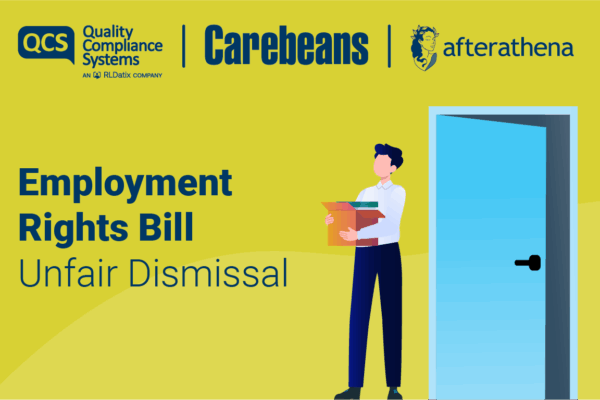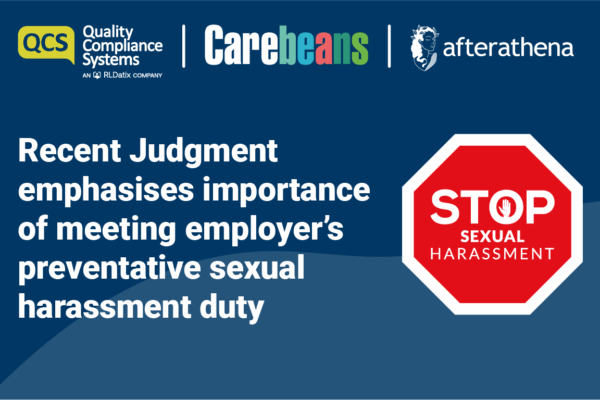Management of controlled drugs in care homes and home care is governed by policy and procedures that include additional checks and controls compared with other medicines. So, what is the fuss? Are they more dangerous? What are the benefits of these measures?
Controlled drugs are given this designation under legislation which dictates stricter controls to prevent them being misused, being obtained illegally or causing harm. They are classified according to their benefit when used for medical treatment and their harm if misused. There are five Schedules, with different requirements for each Schedule, Schedule 1 being the most restrictive and 5 the least.
Many medicines have the potential for causing harm if they are not used in accordance with the instructions of the prescriber, so in this respect medicines that are controlled drugs are no different. When handling or administering medication, the same degree of care and attention needs to be used whatever its category and accuracy is essential. A pack of controlled drug medicine that has been prescribed and dispensed for an individual is that individual’s property, and there are no specific legislative requirements relating to storage. However, dependent on the setting, organisations will have policy and procedures on how the medication is kept safe and secure to minimise the risk of loss, diversion and of causing harm.
If care homes with nursing keep a stock of a controlled drug medicine (that is a pack that has not been dispensed as a labelled pack for an individual), legislation dictates the storage, record-keeping and other monitoring requirements that must be implemented. The pack is the property of the organisation and they have responsibility, as a condition of their license to hold stock of the medicine, to ensure that standard operating procedures covering all parts of the medicine pathway are in place.
What are the benefits of these controls? They help to ensure that access to the medicine is restricted to those who have the authority to do so – specified care staff who are supporting the individual for whom it has been prescribed. Care staff are protected by complying with the procedures. The risk of diversion is minimised protecting the public, vulnerable care staff, and ensuring the individual has a supply of their medicine available. For this to be effective local procedures need to be clear, easy to follow and relevant, so it is important that care staff give feedback to their manager if they have any concerns about being able to follow a procedure.







